Spring Weather Caused Havoc on Soybeans, But All is Not Lost
Sporadic emergence of soybeans this spring could cause headaches for farmers all season long. What exactly happened to emergence this season? To answer this question, it’s important to understand factors affecting seed germination. Generally, the soil will dry out to the depth of tillage passes, usually the top 3 to 4 inches of soil. Without rainfall, by the time the planter reaches the field no moisture remains in the seedbed. Soybean germination requires seeds to take up about 50 percent of their weight in water. In the photo provided by Soy Envoy Stephanie Porter (Figure 1) we see the [...]
NemaStrike to Strike Down SCN
Monsanto introduces a tool to help control soybean cyst nematode (SCN). SCN remains one of the greatest pest threats to soybeans in Illinois and elsewhere. While weather remains a major factor in final yield, disease and insects silently rob yield and SCN ranks at the top. Growers need all the tools available to keep this pest at bay. And it not only works against SCN, but a host of other nematodes that impact corn as well. On May 1, 2017, a new seed treatment nematicide product (trade name NemaStrike™) was approved by the Environmental Protection Agency (EPA). State registrations [...]
Bean Leaf Beetle Alert!
This season I’ve noticed a lot of soybean fields showing extensive bean leaf beetle feeding (see photos). Growers often discount the threat these beetles have against yield, but during early growth stages their feeding can be quite damaging. Photos courtesy of Eric Ifft, Bayer CropScience, taken in Livingston County on Friday, May 26, 2017. Where to start scouting: All the fields I looked at with extensive bean leaf beetle feeding were treated with fungicide seed treatment only. While there was a small amount of feeding in fields where insecticide seed treatment was used, it wasn’t close to an economic [...]
Impacts From The Wet Spring On Our Soybeans
Wet weather not only caused planting delays and replants, but also has impacted the soybean crop. Based off the most recent planting progress report, Illinois’ soybean crop is about 85 percent planted as of June 4, which is close to being on track from last year and the five-year average (Figure 1). Figure 1. Soybean planting progress in Illinois. Over the past month many environmental challenges have caused several fields to either be planted late or replanted. Some growers have abandoned their proposed corn crop and switched to soybeans. Walking fields over the past few weeks, several things have [...]
Planning Soybean Populations with Delayed Planting
We experienced one of the wettest springs on record across Illinois. This delayed planting and caused some replant conditions this season as well. With inevitable late planting of soybeans this year, here are some key points to remember: As soybean planting is delayed population increases are necessary to maximize yields and ROI Past research shows if you are planting the second and third week in June, a transition from 140,000 plants per acre to 180,000 has a positive ROI Maintain maturity at our latitude through June for maximum yield A one-week delay in planting translates into 2.8 days delayed [...]
Participate in an opportunity to improve soybean health
Want to harness the power of microbial products to improve soybean health, resist stress and increase yield? Enroll in the 2017 Yield Challenge Side-by-Side Comparison to test out B Sure® on soybeans. Soybean producers are looking for an edge to increase their yields and a new foliar application technology might just be a resource worth investing in; or, at the very least, testing. Agrinos® has been testing B Sure on soybeans and independent research has shown an average yield gain of 4.6 bushels per acre when applied on soybeans at R1 (flowering). It increases the plant’s ability to handle [...]
PODCAST: Evaluating Early Season Plant Health
ISA is continuing its ILSoyAdvisor.com podcasts, connecting agronomy experts with Illinois farmers to share their insights, experiences and recommendations on growing high-yielding, profitable soybeans. Nick Marley, agronomist and Certified Crop Adviser, joins us this month to share his insight on the importance of evaluating early season plant health after emergence. “Did bean leaf beetles feed on the cotyledons? Is the hypocotyl hooking below the soil surface? There are symptoms both above and below ground to look for,” explained Marley. Listen in to learn more about recognizing symptoms, diagnosing problems, and overcoming obstacles in future years.
Better Season-Long Nutrient Supply In Soybean Is Critical
This article was originally posted by CropLife. Over the last several decades there have been substantial yield improvements in soybean. Because of new varieties and new agronomic practices, the yield potential in soybean is higher now than ever before. But a lack of updated information on the nutritional needs of soybean crops may be limiting the crop’s potential, according to an article on the University of Illinois’ College of Agricultural, Consumer and Environmental Sciences website. Researchers from the University of Illinois Crop Physiology Laboratory led by Fred Below have recently provided an updated set of nutrition needs for soybean, identifying [...]
Soybean Growers: Don’t Miss This Opportunity
We want Illinois soybean farmers to be the most knowledgeable and profitable producers in the world, and the checkoff-funded ILSoyAdvisor.com platform was created to do just that - to help you become a better soybean manager, while increasing yields and improving your bottom line. This summer we will once again pull together soybean experts to share their advice and local growing tips during the two, free Field Day events. You won’t want to miss the opportunity to hear about the hot topics for this growing season at the half-day event nearest your farm. RosevilleField Day: Wednesday, July 19, Moore [...]
Layered Residual Herbicides Improve Pigweed Species Control
In the battle against Amaranthus spp. weeds, it is important to fight them early and often. Layering residual herbicides is a tool to aid in this battle. Pigweed relatives (Amaranthus spp.) like waterhemp and Palmer amaranth are soybean pests that call for new methods to keep them from taking over Illinois fields. CCA Soy Envoy Dawn Kielsmeier did a great job describing these weeds in her April post, “Weeds to Watch Out For.” Click here to read her post. These weeds’ resistance to commonly used POST herbicides, rapid growth rate and extraordinary seed production capabilities mean growers need to [...]

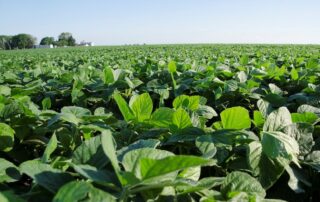
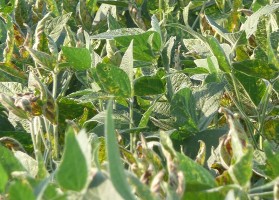
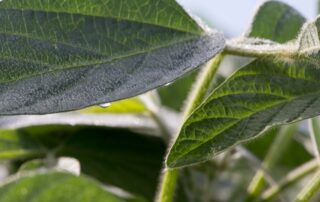
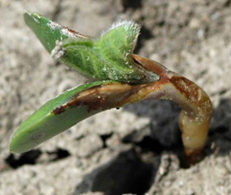
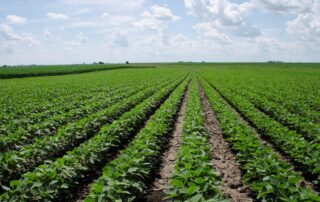
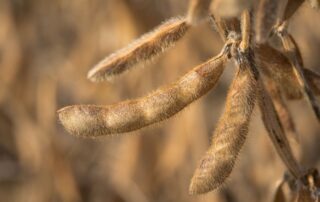
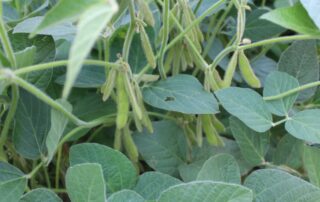
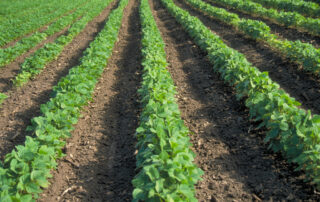
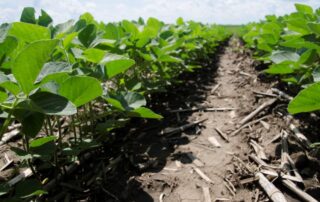
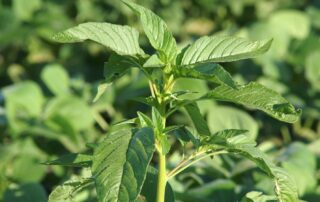

 and then
and then